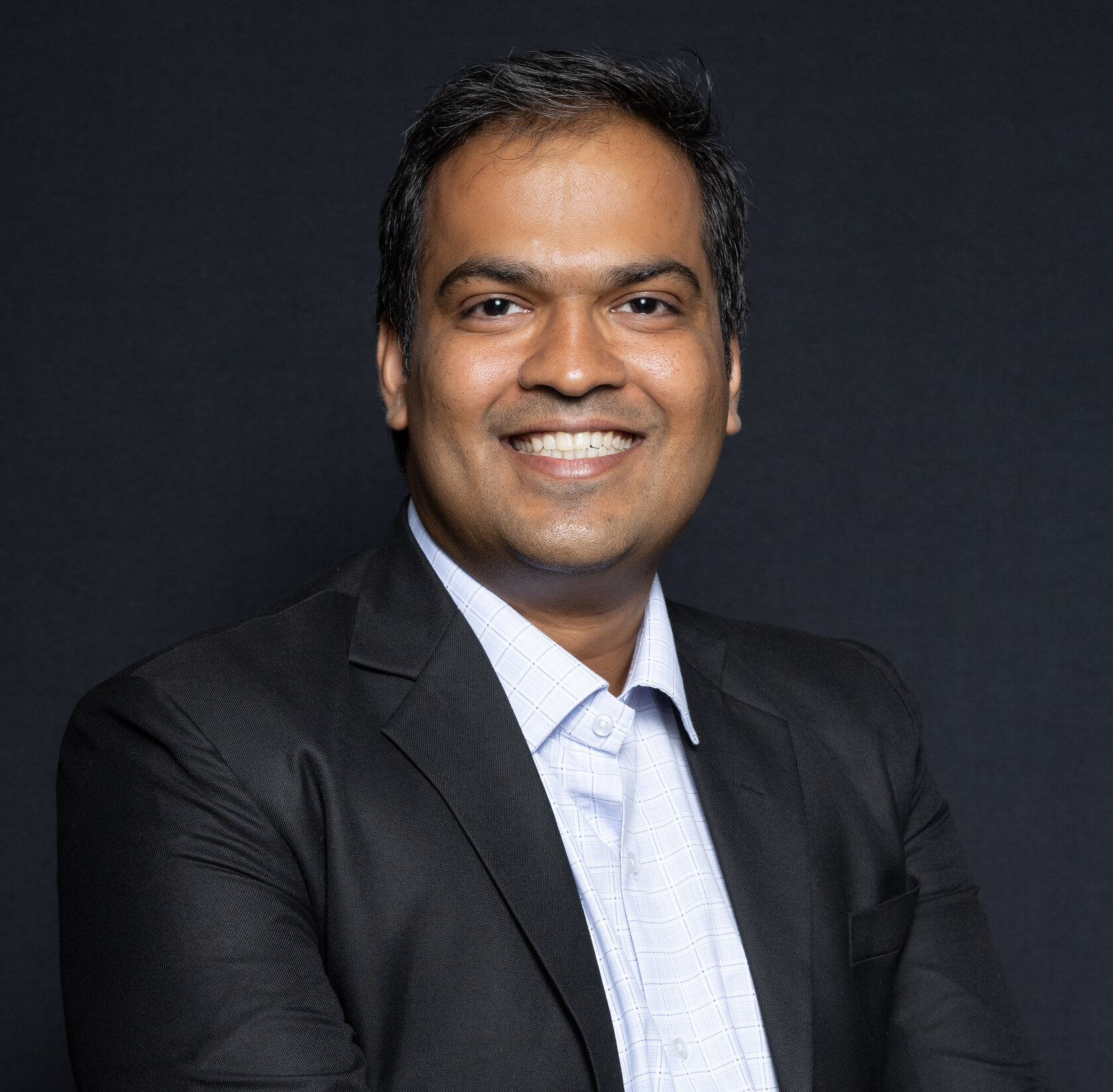TDS Return Forms: Know About TDS Form 24Q, 26Q, 27Q, 27EQ in India


TDS, implemented by the Income Tax Department of India, is a tax payment system under which the tax is paid by the person/entity making the payment. For example, employers are supposed to deduct the employee’s income tax obligation from their salary and companies are required to deduct the shareholder’s tax obligation from the dividend credited. This system enables the government to generate adequate revenues. In order to make declarations for tax payments, individuals must fill out certain forms.
Different TDS return forms are rolled out for streamlining the taxation procedure, based on the intent of TDS deduction, income of deductee, nature of income and type of deductee.
What are the Different TDS Return Forms?
As the deductor or employer is liable to deduct tax at source and deposit the TDS return form, it is important for one to know the different TDS Return Forms that are available catering to different situations.
The table below highlights the following TDS Return forms and their distinguishing features.
| TDS Return Forms | Details |
| Form 24Q | Quarterly statements filled out for tax deduction from salary at source |
| Form 26Q | Statements of tax deduction on all payments at source apart from salaries. |
| Form 27Q | Quarterly statements of tax deductions on earnings that an individual receives from dividends, interest or other sum payables to individuals who do not stay in the country. |
| Form 27EQ | Quarterly Statements of TCS (Tax Collection at Source) |
To gain deep insight regarding the above-mentioned TDS return forms, go through the following sections.
Form 24Q
- Form 24Q is a TDS return form that has to be filled for the declaration of the TDS return of an individual on a quarterly basis.
- All the information in the form points towards salary payments of employees and TDS deductions made on the payments. Moreover, if an employer has not deducted TDS or has deducted at a lower rate, reasons for the same have to be mentioned in the form.
- This quarterly statement is for deduction of tax under Section 200 (3) of the ITA in respect of the salary paid for the quarter ended.
- The form has two annexures- Annexure I and Annexure II. Annexure I contain challan-related detail along with employee-wise break up of TDS. Annexure II holds information on employees’ salaries paid or credited for the entire financial year. Even details related to net payable tax are also mentioned.
- Employer/ deductor must file Annexure I for all four quarters of a year, whereas Annexure II has to be furnished in the fourth and final quarter of the year.
- Form 24Q can be easily downloaded and submitted online and offline in person.
Form 26Q
- Form 26Q is to be submitted on a quarterly basis by payer for deduction of tax on payments received by employees other than salary.
- This particular form is applicable for tax deducted under Section 200 (3), 193 and 194 of the Income Tax Act, 1961 and has only one annexure, unlike Form 24Q
The various sections covered in Form 26Q are mentioned in the table below.
| Section of the Income Tax Act | Nature of Payment |
| 193 | Interest on securities |
| 194 | Dividend |
| 194A | Other interest earned apart from interest on securities |
| 194B | Includes the amount which one has won from lotteries and crossword puzzles. |
| 194BB | Winning amount from horse race |
| 194C | Contractor and subcontractor’s payment |
| 194D | Insurance commission |
| 194EE | Payments concerning deposit made under NSS (National Saving Scheme) |
| 194F | Payments resulting from repurchase of units by UTI or mutual funds |
| 194G | Commission, prizes and more bestowed on sale of lottery tickets |
| 194H | Brokerage or commission |
| 194I | Rental payment |
| 194J | Fees for technical or professional services |
| 194LA | Compensatory payments made on the acquisition of immovable property |
| 194LBA | Income coming from compensation on possession of immovable property. |
Form 27Q
- Form 27Q applies to TDS deductions on payments disbursed to non-residents of India other than salary. This quarterly statement is applicable under sub-section 3 of Section 200 of the Income Tax Act.
- The deductors who are eligible to avail of Form 27Q are as follows-
- Statutory body (Central government and state government).
- Local authority (Both Central government and state government).
- Autonomous body (Both Central government and state government).
- AOP (Association of Person).
- Company/ Division of a company.
- Firm.
- HUF/ Individual.
- Artificial Juridical Person.
- Non-government employers/deductors have to mandatorily submit PAN.
- Individuals must fill out the amount column in the form. In case they have no amount to provide, they must enter 0.00.
- Provide deductor/employer category according to Annexure 1, section code as Annexure 2. Reasons stated for lower/ higher/ no deductions according to Annexure 3, nature of remittance in Annexure 4. Lastly, mention the employee’s/ deductee’s country of residence as per Annexure 5.
- The table will show some of the Sections that are covered in Form 27Q:
| Sections of the Income Tax Act | Type of Payment |
| 194E | Payments disbursed to NRI sportsmen or any sports association. |
| 194LB | Payments that are made as interest components on infrastructure debt fund. |
| 194LC | Payments which are disbursed by an Indian company/ trust as interest on the borrowed amount in foreign currency as a loan or long-term bonds. |
| 195 | Payments disbursed to NRI citizens. |
| 196B | For amounts paid to an offshore fund. |
| 196C | Payments disbursed to NRI as company shares of India or foreign currency bonds. |
Form 27EQ
- Form 27EQ is based on the tax collected at source (TCS). This quarterly statement is applicable under Section 206C of the ITA for the quarter ended.
- Form 27EQ is a statement that reflects TCS. Tax Collected at Source (TCS) is a system by which sellers collect tax from buyers while debiting the amount that is to be paid to buyers. The tax can also be collected when sellers receive money from buyers through credit, cheque, cash, demand cash etc.
- It is mandatory for the employer to mention the TAN in Form 27EQ. Like Form 27Q, non-government employers/ deductors must provide PAN details. On the other hand, government deductors must choose ‘PANNOTREQD.’
- The category of the deductor must be indicated as per Annexure1, section code based on Annexure II and reasons for lower/higher or no deductions based on annexure III.
The table below highlights the following collection code that is covered in this form as follows-
| Sections of the Income Tax Act | Nature of Payments |
| 206CA | Liquor for human consumption. |
| 206CB | Timber acquired from forest lease. |
| 206CC | Timber acquired by other means apart from forest lease. |
| 206CD | Forest products other than tendu leave or timber. |
| 206CE | Scrap. |
| 206CF | Parking lot. |
| 206CG | Toll plaza. |
| 206CH | Mining and quarrying. |
Process to File TDS Return Online
The TDS Return can be filed through online and offline methods. Here are the steps that will help one file TDS return online:
Step 1: Firstly, go to the TIN NSDL’s e-Government e-TDS/TCS RPU (Return Preparation Utility) official website and refer to the file format or data structure as per which an e-TDS or e-TCS return must be prepared.
Step 2: Now, prepare an e-TDS or e-TCS return. One can also prepare it according to the file format followed in clean test ASCII format and give ‘txt’ as filename extension.
Step 3: On preparing the files as per format, it needs to be verified via the FVU (File Validation Utility) given in NSDL.
Step 4: If any discrepancy arises after verification, FVU (File Validation Utility) will generate a report mentioning the errors. Now the discrepancies must be addressed and the file will again go through the verification process via FVU.
Step 5: Later, the .fvu file generated after going through the second round of verification must be submitted at TIN-FC or uploaded on the filing page of Income Tax Department’s official website.
One can also file the TDS return through an offline process by following the steps mentioned below:
Step 1: One must go to the TIN NSDL official website and check the file format (RUP) or data structure like which e-TDS or e-TCS return must be filed.
Step 2: On preparing the file according to the given file format, verify it using FUV (File Validation Utility).
Step 3: In case of any errors, FVU will give out an errors report which will have to be verified again via FVU.
Step 4: Now submit the generated file at TIN-FC. Save the .fvu file (TDS return) in a pen drive or CD and submit it with Form 27A. The concerned authority must duly sign it.
How to Download TDS Return Forms?
The steps that have to be followed to download TDS Return forms are as follows-
Step 1: Go to the official website of NSDL and choose ‘Downloads’ Tab.
Step 2: Select e-TDS or e-TCS from the drop-down and click on ‘Quarterly Returns.’
Step 3: Head to choose ‘Regular’ and get redirected to a new page.
Step 4: Now, taxpayers must select TDS Return Form according to their requirements and download it.
Due Dates of Filing TDS Return Form
To know the original due date of filing a TDS return form for 2022-23, refer to the table below:
| Quarter | Quarter Ending Period | Due Date for Filing TDS Return |
| 1st Quarter | 1st April to 30th June | 31st July 2022 |
| 2nd Quarter | 1st July to 30th September | 31st October 2022 |
| 3rd Quarter | 1st October to 31st December | 31st January 2023 |
| 4th Quarter | 1st January to 31st March | 31st May 2023 |
In conclusion, any information on deducted and deposited TDS is available in the quarterly statements known as TDS return, which the employer must submit to the Income Tax department. A taxpayer must choose a particular TDS return form for which they have to file TDS return accordingly.
Frequently Asked Questions
What are the consequences of filing a late TDS Return?
If the taxpayers fail to file the TDS return on the stipulated date, they are liable to bear the penalty, which is a sum of ₹200 per day till the period for which the default continues.
Are online TDS return forms the same as that of the physical copies?
The forms available for electronic and physical returns are exactly the same. Taxpayers have to prepare the e-TDS return as per the given format (Return Preparation Utility) available on TIN NSDL website.
In case a deductor is facing difficulty to file an e-TDS return?
Deductors will receive prompt assistance while facing any hiccups from the official website of Income Tax Department. In addition, they can visit any TIN Facilitation centres to get assistance for facing issues related to e-filing of TDS return.



